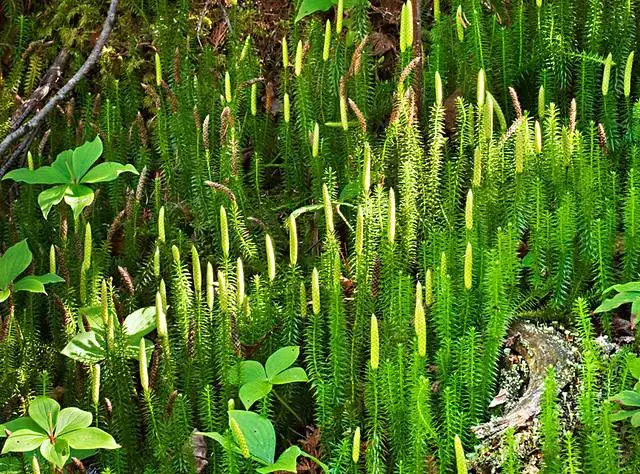Syrrhopodon-gardneri-Hook-Schwaegr-A-Habit-of-plant-drawn-moist-B-Habit-of-plant.ppm from: https://www.researchgate.net/figure/Syrrhopodon-gardneri-Hook-Schwaegr-A-Habit-of-plant-drawn-moist-B-Habit-of-plant_fig8_371413539
Exploring the Fascinating World of Syrrhopodon ciliatus Moss
Introduction
Mosses are some of the most ancient and resilient plants on Earth, having evolved over 400 million years ago. One particularly interesting species is

382168.jpg from: https://inpn.mnhn.fr/espece/cd_nom/5688
Syrrhopodon ciliatus (Hook.) Schwägr., a moss in the
Syrrhopodon-ciliatus-Hook-Schwaegr-A-Habit-of-gemmiferous-plant-drawn-moist-B-E.ppm from: https://www.researchgate.net/figure/Syrrhopodon-ciliatus-Hook-Schwaegr-A-Habit-of-gemmiferous-plant-drawn-moist-B-E_fig4_371413539
Calymperaceae family. In this post, we’ll take a closer look at the unique features and ecological importance of this tiny but mighty plant.

Syrrhopodon-parasiticus-Brid-Besch-A-aspecto-do-gametofito-B-C-filidios-D.jpg from: https://www.researchgate.net/figure/Syrrhopodon-parasiticus-Brid-Besch-A-aspecto-do-gametofito-B-C-filidios-D_fig2_270550843
Background on Mosses
Mosses are non-vascular plants in the division Bryophyta. Unlike other land plants, they lack true roots, stems, and leaves. Instead, they have rhizoids that anchor them and absorb water and nutrients. Mosses reproduce via spores rather than seeds and are found in diverse habitats worldwide, from arctic tundra to tropical rainforests.
Morphology and Identification

medium.jpg from: https://enciclovida.mx/especies/136784-syrrhopodon
S. ciliatus forms loose tufts or mats, with individual shoots reaching 1-3 cm tall. Its leaves are lanceolate (spear-shaped) and have a hyaline (transparent) border of elongated cells. The leaf margins are bordered by cilia – hair-like projections that give this species its name. Capsules are cylindrical and borne on reddish setae (stalks).
Key identification features:
- Lanceolate leaves with hyaline border
- Ciliate leaf margins
- Reddish setae bearing cylindrical capsules

210fd61036129d4014766d0d251836f3.jpg from: https://taieol.tw/pages/9000/articles
Global Distribution and Habitat
S. ciliatus has a pantropical distribution, found in tropical regions of the Americas, Africa, Asia, and the Pacific. It grows as an epiphyte on tree bark and branches in moist forests from lowlands to 2000 m elevation. In some areas, it also occurs on rocks or soil banks. This species prefers partial shade and high humidity.
Ecological Roles and Adaptations
Like other mosses, S. ciliatus

Syrrhopodon-japonicus-bisL.jpg from: https://www.digital-museum.hiroshima-u.ac.jp/~museum/habit/moss_habit/Syrrhopodon japonicus/Syrrhopodon_japonicus.html
plays important ecological roles:
- Helps retain moisture and prevent erosion
- Provides shelter and food for invertebrates

moss_2.jpg from: https://mibellebiochemistry.com/8-surprising-facts-about-moss

4132724244_dae95b47ac_z.jpg from: http://www.flickr.com/photos/22342128@N05/4132724244/
- Contributes to nutrient cycling
- Acts as a bioindicator of air and water quality
Its ciliate leaf margins may aid in water retention, as the cilia increase surface area. The hyaline leaf borders are another adaptation, allowing light to penetrate for photosynthesis while protecting the chlorophyll-rich cells within.
Conclusion
Syrrhopodon ciliatus may be small, but it is a fascinating and ecologically valuable member of tropical forest communities around the world. Its unique morphological features reflect adaptations to its epiphytic lifestyle. Next time you’re in the rainforest, take a moment to appreciate the miniature world of mosses like S. ciliatus. What other secrets might these ancient plants hold?